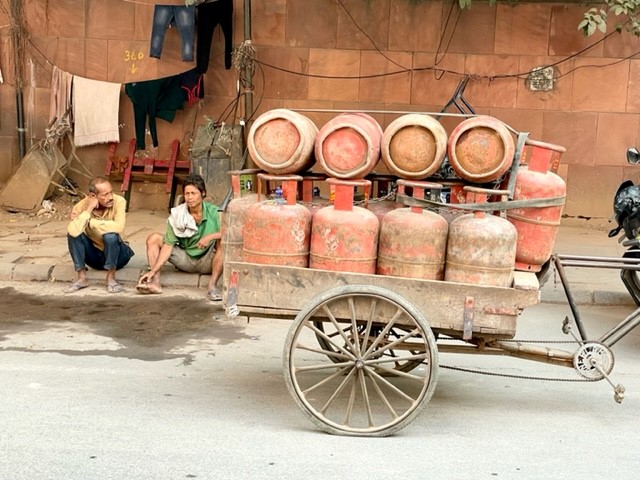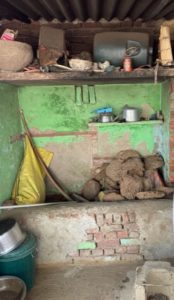Bottom Line: NPGA President’s Observations from India. I had the privilege of representing NPGA at the World LPG Association’s LPG Week in New Delhi last week. It was a terrific opportunity to learn lessons from our colleagues facing similar challenges in other Western countries. But it also provided me with a boots-on-the-ground look at how propane is viewed in less well-developed parts of the world.
For example, India has set its net-zero goals for 2070 – decades later than its American and European counterparts. As explained by Mr. Pankaj Jain, Secretary of India’s Ministry of Petroleum & Natural Gas, emissions reductions must work alongside providing energy to an exploding population. During a presentation to a group of international CEOs, he pointed out that the world’s population is expected to grow from 7.8 billion today to 8.6 billion in 2030 – 9% in just 8 years. And he stressed that the duty of Indian lawmakers is to ensure power and comfort for all citizens. Similarly, we in the States must continue to focus on propane’s rich energy density to warm the homes of a growing population as we work with U.S. policymakers.
The other takeaway I had from India was a reminder of the good propane is doing for the world. India has a population of close to 1.4 billion. Hundreds of millions in India still use dung and wood for cooking. After the conference, I had the pleasure of spending two days visiting the areas of Jaipur and Agra. Nestled in between these cities, 180 miles south of New Delhi, my guide took me to his home in a moderately-sized village. I had the honor of meeting his wife, three young children, mother, and a dozen other family members. Here, I saw the beating heart of India.
What struck me is that this hard working, middle-class family still uses wood and cow dung every day. They had electricity and used an immersion rod for heating bath and laundry water, a propane cylinder—a recent acquisition—in the kitchen for a single burner tip, and a clay oven outside fueled by wood and dung. Propane is not only far cleaner for the air they breathe in their home, but speaking with my guide’s wife, I learned that prior to adding propane as a fuel source, she and her children spent up to 4 hours every day collecting wood to convert to charcoal and forming and drying dung patties to provide cooking fuel. Converting their indoor burner to propane cut that time in half and made the air they breathe significantly healthier.
This was not an isolated rural household—my guide was college-educated and fluent in three languages. The family had smart phones and a car. But energy from animal waste is used every day and that is still the reality for over 1 billion people across the planet. Transitioning to clean-burning propane betters the health and well-being of their families.
Stephen Kaminski, NPGA President & CEO
Related News

USDA Crop Progress Report
April 18, 2024
The U.S. Department of Agriculture (USDA) Crop Report as of April 14, 2024, shows promising developments in corn and soybean planting, crucial info...

RBN Energy Weekly Supply Update
April 18, 2024
U.S. propane inventories had a significant build of 4 MMbbl this week, putting propane inventories at 55.7 MMbbl. Total propane stocks are above th...

PERC Hosts Contest at FFA Convention
April 18, 2024
The Propane Education & Research Council (PERC) recently hosted an exciting contest at the 2023 Future Farmers of America (FFA) Convention. As ...


